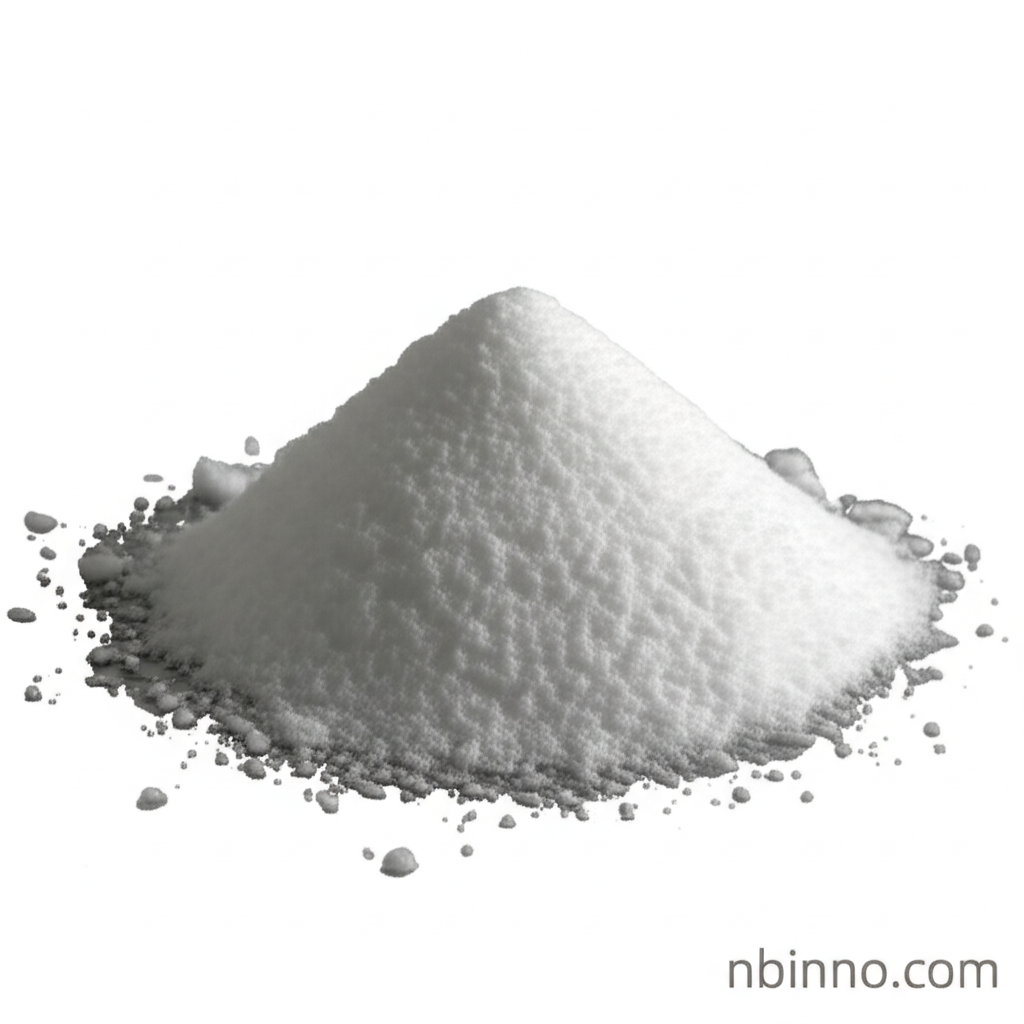Dimethyldioctadecylammonium Bromide: Versatile Chemical for Industry
Explore the extensive applications of Dimethyldioctadecylammonium Bromide as a key industrial and research chemical.
Get a Quote & SampleProduct Core Value

Dimethyldioctadecylammonium Bromide
Dimethyldioctadecylammonium Bromide is a highly effective cationic surfactant with a CAS number of 3700-67-2. It is widely recognized for its utility as an antistatic agent, a corrosion inhibitor, and a fiber softener, contributing significantly to product performance in various industrial applications.
- Discover the versatile applications of Dimethyldioctadecylammonium Bromide in different industries.
- Learn how this chemical functions as an effective antistatic agent to prevent static electricity buildup.
- Understand its role as a corrosion inhibitor, protecting materials from degradation.
- Explore its benefits as a fiber softener, enhancing textile properties and user comfort.
Key Advantages Offered
Enhanced Material Performance
Leverage the power of Dimethyldioctadecylammonium Bromide to improve the antistatic properties of materials, a critical factor in electronics manufacturing and textiles.
Superior Surface Protection
Utilize its capabilities as a corrosion inhibitor to extend the lifespan and maintain the integrity of metallic components and structures.
Improved Textile Feel
Benefit from its function as a fiber softener, providing a smoother texture and enhanced comfort in fabrics, contributing to superior end-product quality.
Key Applications
Industrial Antistatic Solutions
Effectively manage static electricity in manufacturing processes and finished goods by incorporating Dimethyldioctadecylammonium Bromide, a key antistatic agent.
Metal Protection
Shield metal surfaces from environmental damage and wear with the robust corrosion inhibiting properties of this chemical.
Textile Manufacturing
Enhance the quality and feel of fabrics, making textiles more appealing and comfortable through its application as a fiber softener.
Biotechnology Research
Explore its use in gene delivery and vaccine development, highlighting its significance in advanced scientific research and development.
